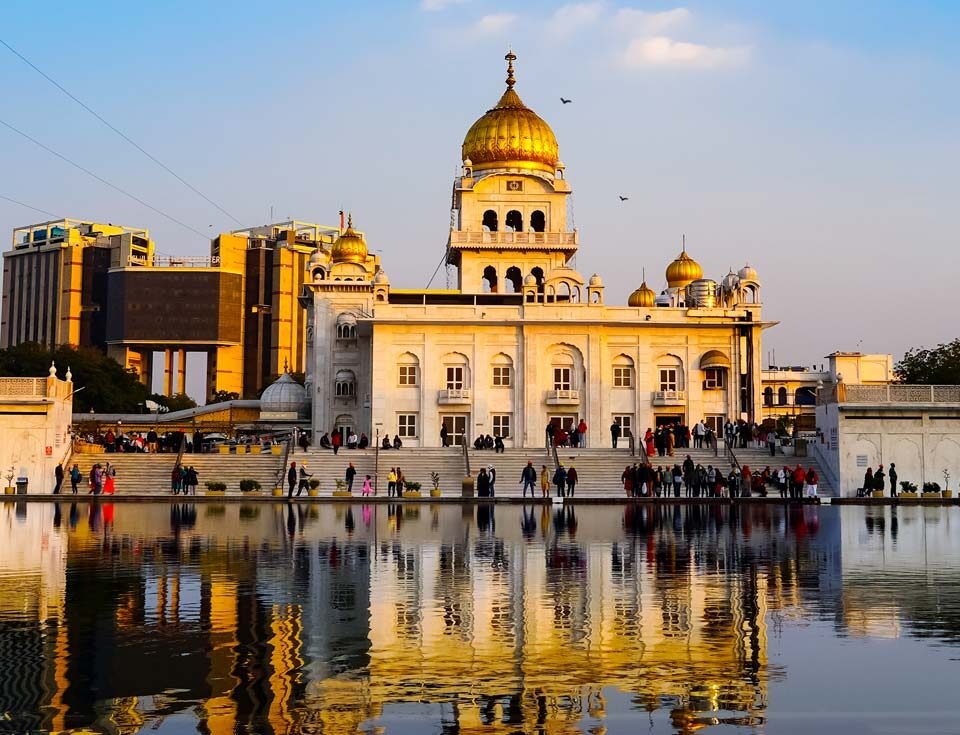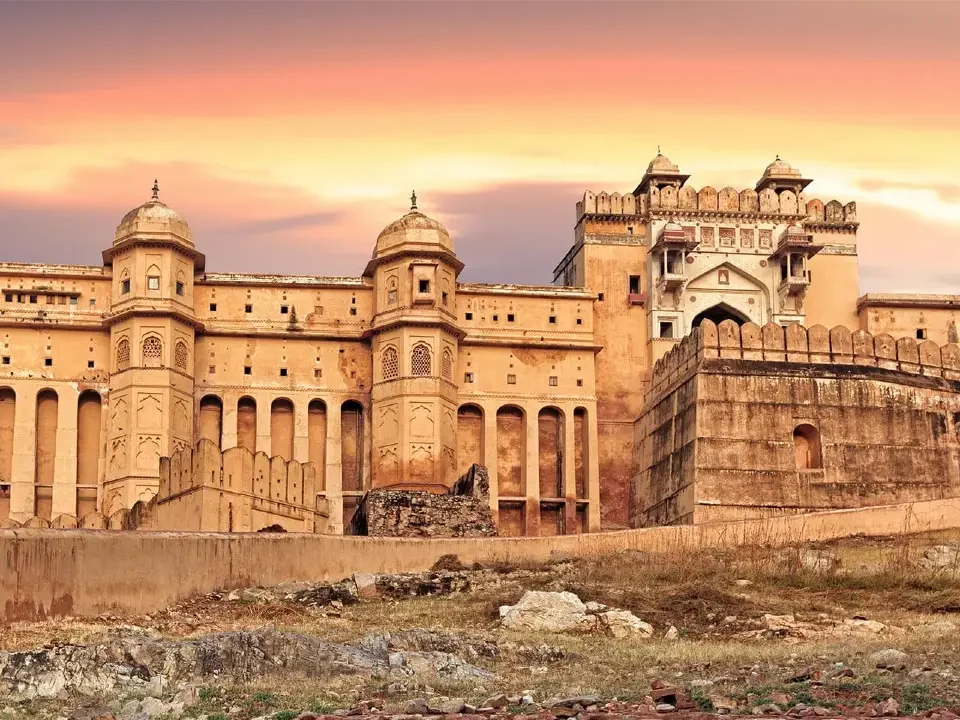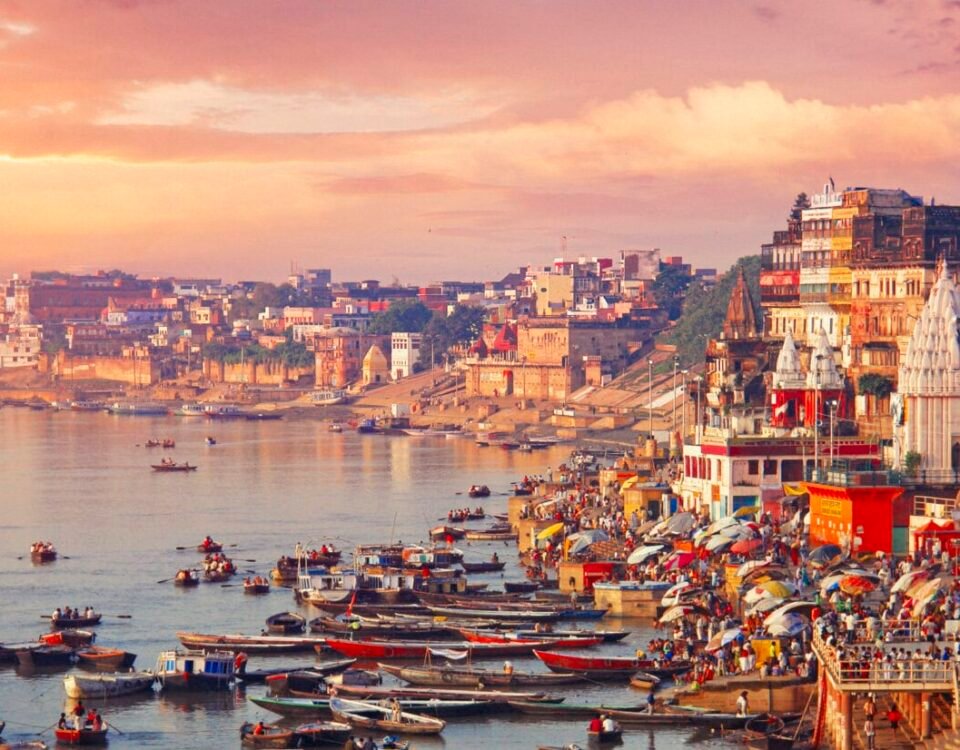Red Fort Delhi (Lal Kila): History, Facts, Builders & Timings of India’s Iconic Monument

Jaisalmer Fort: History, Timings, and Why India’s Golden Living Fort Still Stands Tall
July 14, 2025
Unveiling Ranthambore Fort: History, Architecture, Timings & Legacy
July 26, 2025Introduction: The Legacy of the Red Fort
Standing proudly in the heart of Old Delhi, the Red Fort is more than just a monument—it’s a living symbol of India’s rich history, cultural pride, and architectural brilliance. Known locally as Lal Kila or Delhi Lal Kila, this majestic fortress has witnessed the rise and fall of empires, echoed the voice of independence, and continues to inspire millions every year.
Designated as a UNESCO World Heritage Site, the Red Fort Delhi is a prime example of Mughal craftsmanship that blends Persian, Timurid, and Indian influences into one grand vision. Commonly referred to as Redford India in informal travel discussions, the fort attracts history lovers, tourists, and researchers from around the globe.
In this blog, we’ll take you through the fascinating journey of the Red Fort—from who built it and when, to interesting facts, historical architecture, timings, and tips for your next visit. Whether you’re planning a trip or simply curious about one of India’s most iconic landmarks, this guide will offer everything you need to know.
Who Built the Red Fort in Delhi? A Look at Its Origins

- Commissioned by Emperor Shah Jahan
The Red Fort was built by Shah Jahan, the Mughal emperor famous for commissioning architectural wonders like the Taj Mahal. - Year of Construction: 1638–1648
If you’re wondering when was Red Fort built, construction began in 1638 and was completed in 1648, taking about 10 years. - Architectural Leadership
The design and construction were led by Ustad Ahmad Lahori, the chief architect also known for designing the Taj Mahal. - Original Name
Initially called Qila-e-Mubarak, meaning ‘The Blessed Fort,’ it was renamed Lal Kila due to its red sandstone walls. - Purpose Behind Construction
The fort was created as the new capital complex of Shahjahanabad (now Old Delhi), serving as:
- The Mughal emperor’s residence
- The administrative seat of power
- A cultural hub for art, literature, and music
- The Mughal emperor’s residence
- Who Built Lal Kila or Red Fort?
If you’re searching who built Red Fort in Delhi or who made Lal Kila, it was Shah Jahan, backed by elite Mughal architects. - Backed by Authoritative Sources
According to the Archaeological Survey of India (ASI) and UNESCO, the Red Fort exemplifies Mughal power and architectural excellence. - Symbol of Imperial Grandeur
The Red Fort was not just a military structure, but a demonstration of Mughal sophistication and imperial authority.
Architectural Marvel: Inside the Walls of Delhi’s Lal Kila

- Fusion of Multiple Architectural Styles
The design of Delhi Lal Kila reflects a stunning blend of Indo-Islamic, Persian, and Timurid architectural traditions—hallmarks of Shah Jahan’s refined aesthetic vision. - Constructed in Red Sandstone
The fort’s massive enclosing walls are made from red sandstone, symbolizing strength, imperial power, and Mughal dominance over the Indian subcontinent. - The Majestic Diwan-i-Aam
This public audience hall was where the emperor addressed common citizens and nobles. Its high arches and lotus-form capitals exhibit elegance and balance. - The Royal Diwan-i-Khas
This private audience chamber, once adorned with jewels and inlay work, hosted meetings with dignitaries. The famous “Throne of the Peacock” was placed here. - The Serene Rang Mahal
Literally meaning the “Palace of Colors,” Rang Mahal was the residence of royal women. It featured a water channel called Nahr-i-Bihisht (Stream of Paradise). - The Sacred Moti Masjid
Built by Emperor Aurangzeb, the Moti Masjid (Pearl Mosque) within the complex showcases pure white marble and offers a glimpse into the spiritual life of the royals. - Red Fort History in Design
The symmetrical layouts, gardens (Charbagh style), and decorative patterns represent not just artistic beauty but also the strategic and cultural evolution of Mughal architecture—integral to red fort history. - Sources and Preservation
According to the ASI (Archaeological Survey of India) and UNESCO World Heritage Site documents, ongoing restoration efforts focus on preserving original carvings, stonework, and Mughal-era frescoes. - Architectural Grandeur with Purpose
The layout of Delhi Lal Kila was designed to be both defensive and ceremonial—its gates, pavilions, and halls speak of grandeur, spirituality, and governance.
Red Fort Today: Visiting Information and Opening Hours

- Where is Red Fort Situated?
The Red Fort is situated in Old Delhi, along Netaji Subhash Marg, just opposite Chandni Chowk and close to Jama Masjid.
➤ Nearest Metro Station: Chandni Chowk or Lal Qila (Violet Line) - Red Fort Timings
- Open: Tuesday to Sunday
- Closed: Monday (Weekly Holiday)
- Visiting Hours: 7:00 AM to 5:30 PM
- Best Time to Visit: October to March for pleasant weather
- Open: Tuesday to Sunday
- Entry Ticket Prices
- Indian Citizens: ₹35 per person
- Foreign Tourists: ₹550 per person
- Children below 15 years: Free entry
- Tickets are available on-site and via the official ASI portal: asi.payumoney.com
- Indian Citizens: ₹35 per person
- Photography Rules at Red Fort
- Photography is allowed in most areas
- Tripods and drones are not permitted without prior permission
- Videography for commercial use requires special permits
- Photography is allowed in most areas
- Is Red Fort Open Today?
To check whether Red Fort open today, always refer to:
- The Archaeological Survey of India (ASI) official site
- Real-time updates on Google Maps or Delhi Tourism websites
- Special closures may occur on national events like Independence Day
- The Archaeological Survey of India (ASI) official site
- Additional Travel Tips
- Carry a valid ID for ticket verification
- Expect security checks at all gates
- Avoid peak weekends and visit early morning for a quieter experience
- Carry a valid ID for ticket verification
Must-Know Facts About Red Fort

- Built by Emperor Shah Jahan
The fort was commissioned in 1638 by Mughal Emperor Shah Jahan, also known for building the Taj Mahal. - Construction Timeline
The construction took 10 years to complete—from 1638 to 1648. - Architectural Style
Designed in Indo-Islamic, Persian, and Timurid styles, blending imperial luxury with military precision. - Area Covered
The Red Fort spans a massive 256 acres, enclosed by walls that are up to 33 meters high in places. - UNESCO World Heritage Site
It was designated a UNESCO World Heritage Site in 2007, recognized for its historical and cultural significance. - Annual Independence Day Celebrations
Every 15th August, the Prime Minister of India hoists the national flag from the Lahori Gate, followed by a national address—an event watched by millions. - Interesting & Fun Facts About Red Fort
- The fort’s original name was Qila-e-Mubarak, meaning “The Blessed Fort”
- The famous Peacock Throne, once housed here, was looted by Nadir Shah in 1739
- It has a sound and light show that narrates its glorious past (available in Hindi and English)
- A secret tunnel was once believed to connect Red Fort to Salimgarh Fort for escape during attacks
- The fort’s original name was Qila-e-Mubarak, meaning “The Blessed Fort”
- Facts About Red Fort and Travel Inspiration
The Red Fort is often included in popular North India itineraries like the
👉 Golden Triangle Tour with Rishikesh
👉 Golden Triangle Tour with Varanasi
For heritage lovers, it’s also part of the
👉 Best Rajasthan Tour Package for an immersive cultural experience. - Trusted Sources & Verifiability
All facts are based on verified data from the Archaeological Survey of India (ASI) and UNESCO documentation, ensuring accuracy and authenticity.
🇮🇳 Cultural & National Significance of the Red Fort
- A Stage for India’s Independence Day
Every year on 15th August, the Prime Minister of India hoists the national flag at the Lahori Gate of the Red Fort.
This tradition began in 1947, when Jawaharlal Nehru addressed the nation for the first time after independence. - A Witness to Mughal Grandeur
For over 200 years, the Red Fort was the official residence of Mughal emperors.
It served as the seat of governance, art, music, and Islamic culture until the fall of the empire in the mid-19th century. - Colonial and Post-Mughal Transition
After the 1857 Revolt, the British took over the fort and used it as a military base.
This marked the end of the Mughal era, and the fort transformed into a symbol of colonial resistance and national awakening. - A Symbol of Sovereignty in Modern India
The fort today stands as a national emblem of Indian independence, unity, and resilience.
Its image is often used in books, currency, and patriotic visuals, representing the soul of the nation. - Redford India in the Global Eye
Internationally, the Red Fort is sometimes referred to as Redford India, especially in casual or travel media.
This reflects its global recognition and its place as one of India’s most iconic landmarks. - Cultural Heritage Beyond the Walls
The fort complex hosts events, museums, and cultural shows that promote India’s artistic and historical legacy, making it a vibrant educational destination for modern visitors.
Travel Tips & Nearby Attractions

- Metro Connectivity
- Nearest metro stations: Chandni Chowk (Yellow Line) and Lal Qila (Violet Line)
- Both are within walking distance to the fort’s main gate.
- Nearest metro stations: Chandni Chowk (Yellow Line) and Lal Qila (Violet Line)
- Best Time to Visit
- Ideal months: October to March for pleasant weather and clear skies
- Avoid visiting during peak summer or major holidays due to large crowds and high temperatures.
- Ideal months: October to March for pleasant weather and clear skies
- Nearby Attractions to Explore
- Jama Masjid – Just a 10-minute walk, one of India’s largest mosques
- Chandni Chowk – Iconic street market for food, fabrics, and culture
- Raj Ghat – Memorial to Mahatma Gandhi, located near the Yamuna River
- Jama Masjid – Just a 10-minute walk, one of India’s largest mosques
- Safety Tips for Visitors
- Stay hydrated, especially during summer visits
- Be cautious of pickpockets in crowded areas
- Security checks are mandatory, so carry only essential items
- Book tickets online in advance to avoid queues, especially on weekends or national holidays
- Stay hydrated, especially during summer visits
- Additional Tip
- Arrive early in the morning for better photography light and a quieter experience at this historical site
Conclusion: Why the Red Fort is a Must-Visit in Delhi

- A Monument of Majesty and Meaning
The Red Fort is not just a structure of red sandstone—it’s a living storybook of India’s royal past, colonial struggles, and modern-day national pride. - Timeless Legacy
From its Mughal roots to its central role in the Independence Day celebration, the Red Fort embodies India’s cultural and historical soul. - Why You Should Visit
Whether you’re a history enthusiast, architecture lover, or a traveler exploring Delhi’s heritage—Red Fort is a must-see destination. - Join the Conversation
Have you been to the Red Fort? Share your experience in the comments or tell us what you’d love to explore inside its walls. - Keep Exploring
Interested in discovering more Mughal wonders and Delhi’s timeless monuments?
Stay tuned to our blog section for guides on Humayun’s Tomb, Jama Masjid, and other heritage sites that bring history to life.




